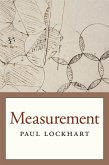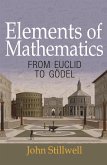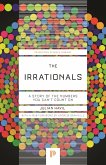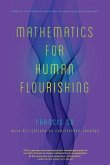"For centuries, mathematicians have tried, and failed, to solve the zeta-3 problem. This problem is simple in its formulation, but remains unsolved to this day, despite the attempts of some of the world's greatest mathematicians to solve it. The problem can be stated as follows: is there a simple symbolic formula for the following sum: 1+(1/2)^3+(1/3)^3+(1/4)^3+...? Although it is possible to calculate the approximate numerical value of the sum (for those interested, it's 1.20205...), there is no known symbolic expression. A symbolic formula would not only provide an exact value for the sum, but would allow for greater insight into its characteristics and properties. The answers to these questions are not of purely academic interest; the zeta-3 problem has close connections to physics, engineering, and other areas of mathematics. Zeta-3 arises in quantum electrodynamics and in number theory, for instance, and it is closely connected to the Riemann hypothesis. In In Pursuit of zeta-3, Paul Nahin turns his sharp, witty eye on the zeta-3 problem. He describes the problem's history, and provides numerous "challenge questions" to engage readers, along with Matlab code. Unlike other, similarly challenging problems, anyone with a basic mathematical background can understand the problem-making it an ideal choice for a pop math book"--








